Well that was fun. Saturday night and an hour later and I still had not managed to record anything. Grrr. Everything seemed correctly patched. The software seemed to be set up correctly. The monitoring is working, but no signal is being recorded. Grrr. In the end I gave up and opened a saved session that was on the computer. I don’t know who made the session, but it recorded audio. Yay. I obviously missed something in the program setup so I’ll have to follow that up later but for now, I can record. Yay. Grrr.
With an NT3 resting on the desk and a piece of paper waiting to be tortured in my hands, I hit record and proceeded to twist, rub, tear, fold, scrunch and rip the once proud tree. With around two minutes worth of noises recorded I set forth listening back and creating separate regions of the sounds I liked.
With an NT3 resting on the desk and a piece of paper waiting to be tortured in my hands, I hit record and proceeded to twist, rub, tear, fold, scrunch and rip the once proud tree. With around two minutes worth of noises recorded I set forth listening back and creating separate regions of the sounds I liked.

Those regions were then copy/pasted into separate sessions for manipulation.

Sound 1
Tried the Gain Envelope plugin. Pretty basic manipulation.
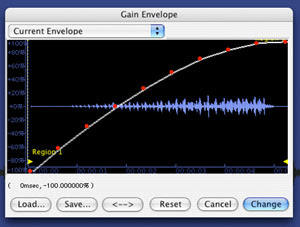
Sound 2
What would a sound collection be if at least one sound wasn’t reversed. I also used the Mda Ambience plugin on it.
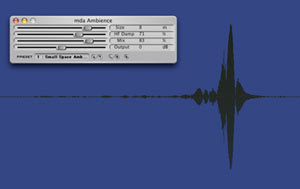
Sound 3
The Boomerang plugin. Interesting.
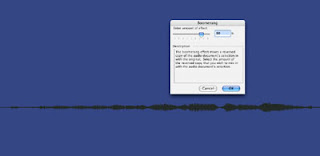
Sound 4
I used the Gain Envelope again. This time I actually made some random changes to the presets. I also couldn’t resist using theWunderverb3 plugin.
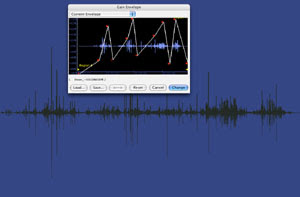
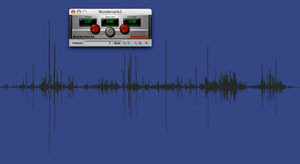
Sound 5
I Normalized this one up 10% as it was very quiet. I liked it better without the normalize, but at least this way the volume on the computer won’t need to be turned up as loud. *Sigh* I couldn’t get the Pencil tool to draw amplitude changes so again with the Gain Envelope.
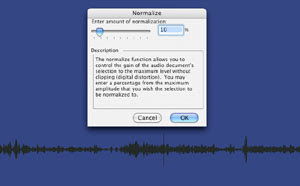
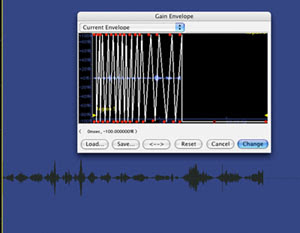
Sound 6
Fade Ins. An exciting manipulation I know, but I made it slightly interesting by stating the fade ins at selected points along the sound wave.
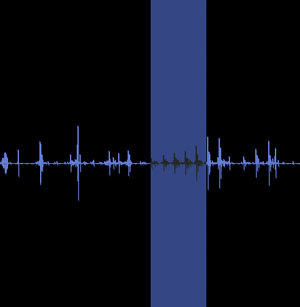
I was going to cut all six samples up into 1 second long samples and randomly put them together end to end as one of the finished sounds, but since I ran out of time I didn’t end up doing it. In hindsight the sounds probably aren’t manipulated enough for this exercise and, resisting the urge to manipulate them further at home, went with the more natural sounds. I actually liked the natural sounds and if used in a different assignment could easily be manipulated further when a more specific visual or audio requirement is needed. For example, a slow scrunching sound that I recorded could be used to simulate fire. Sound editing/design is sort of like magic in a way that a sound is taken out of its original context and used in a new and exciting way. I find it very interesting to find out what sounds were used and manipulated for different films. For example, in George Lucas' 1977 film Star Wars, the sound of Imperial TIE fighters is an elephant roar mixed with the spray sound of a car driving past on a wet road. I did find it frustrating since I am used to Pro Tools, but I can see the benefit of using Peak as an introduction to digital editing.

No comments:
Post a Comment